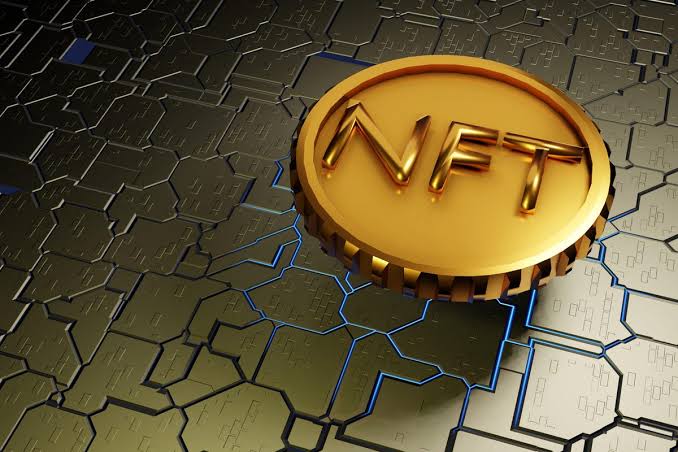
Coinposters
NFT market topped $40B Last Year – Chainalysis Report

The market for NFT has developed enormously since its inception in early 2021, when it was almost unknown. Last year, US$40.9 billion (RM170 billion) was spent on NFTs, according to a report by blockchain specialist Chainalysis.
In 2021, the equivalent of $40.9 billion was spent on non-fungible tokens (NFTs), a staggering increase for an industry that only generated a billion in 2020. As society continues to move digital, it’s evident that NFT has taken on a new relevance. NFTs are tokens based on blockchain technology that come with a digital property certificate. This proves to the holder that they are the rightful owner of the digital asset, and the technology enables for the tracking of previous transactions.
In March of 2021, a work by the artist Beeple sold for a stunning US$69.3 million at a Christie’s auction, setting a new record for a non-fungible token. The phenomenon has only gotten bigger since then. There was some skepticism about these digital assets at initially, but by the end of 2021, the sheer quantity of initiatives incorporating NFTs appeared to have transformed the game.
Non-fungible tokens are all the rage in video games, sports, fashion, music, and art. Although some scoff at their usefulness, the metaverse’s arrival may finally allow collectors to display their digital wealth or fuel digital trade in these virtual worlds.
Another factor to consider is that the underlying value of a token is its exclusivity. Collectors and sellers are forming more and more mini-communities, primarily through the internet chat platform Discord, but also at trade events and private gatherings. The value of one’s digital assets — what you own and how much you own — can determine one’s ability to enter these tight-knit communities.
However, in this relatively uncontrolled industry, there is still a lot of mistrust. The practice of wash-trading is particularly nefarious.
Latest
NFT
19 Apr 2024
NFT
16 Jan 2024
NFT
31 Aug 2023
NFT
24 Jun 2023













